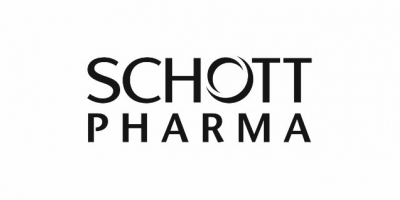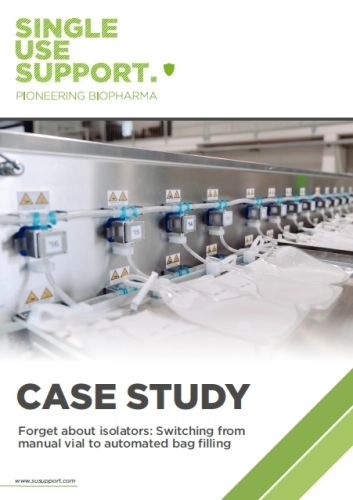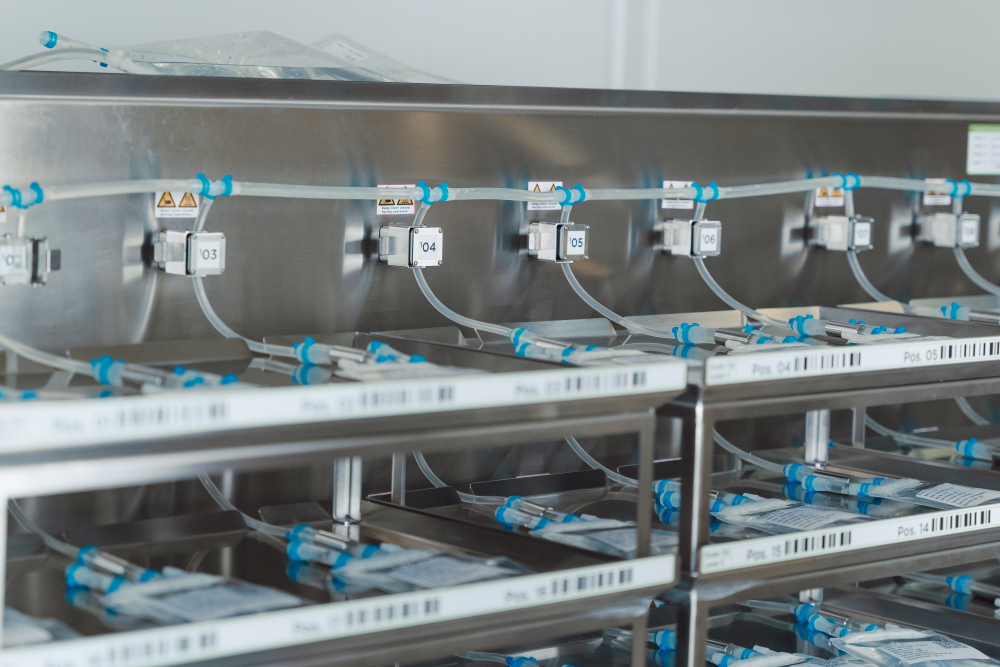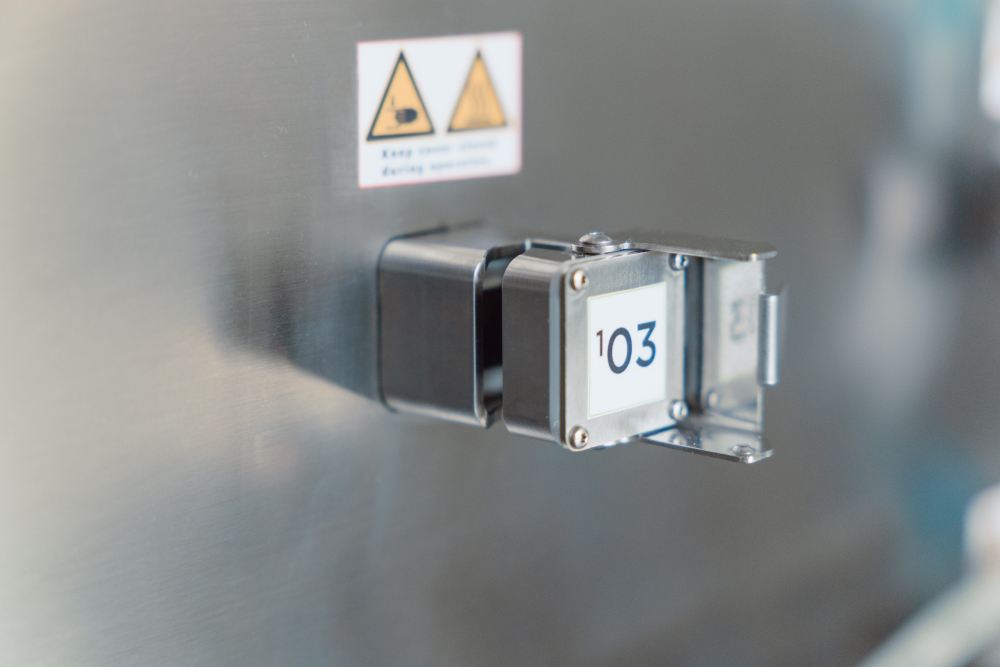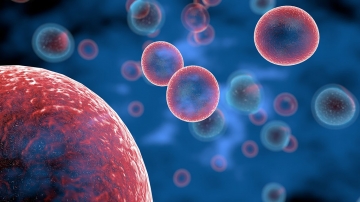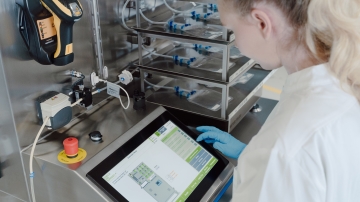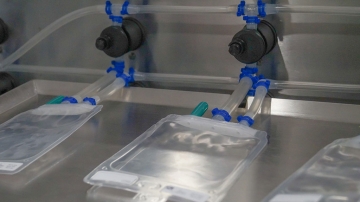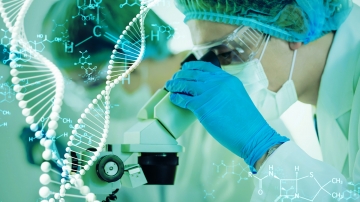Although the manufacturing of cell and gene therapies is highly individual, there are certain mutual steps along their supply chain.
Cell and gene products need to be kept viable ex vivo and simultaneously be prevented from quality and safety loss as well as contamination. This applies to the filling and draining process, but also to safely freezing and thawing of the biologics.
It is vital to avoid quality and safety loss as well as contamination, which is to be achieved by aseptic filling processes. Furthermore, storage temperatures must meet the products’ individual needs – be it cold, ultra-cold or cryogenic storage. To achieve the required temperature stability, high-performance freezers are required, and also the thawing process is to be carried out with enormous delicacy and accuracy to make sure that the cell or gene therapy product comes with the required quality and safety.
Single Use Support provides dedicated end-to-end solutions for a safe, efficient and scalable manufacturing process of cell and gene therapies, including fluid management systems, a freeze/thaw platform, a fill/drain platform and a variety of single-use bioprocess containers.







